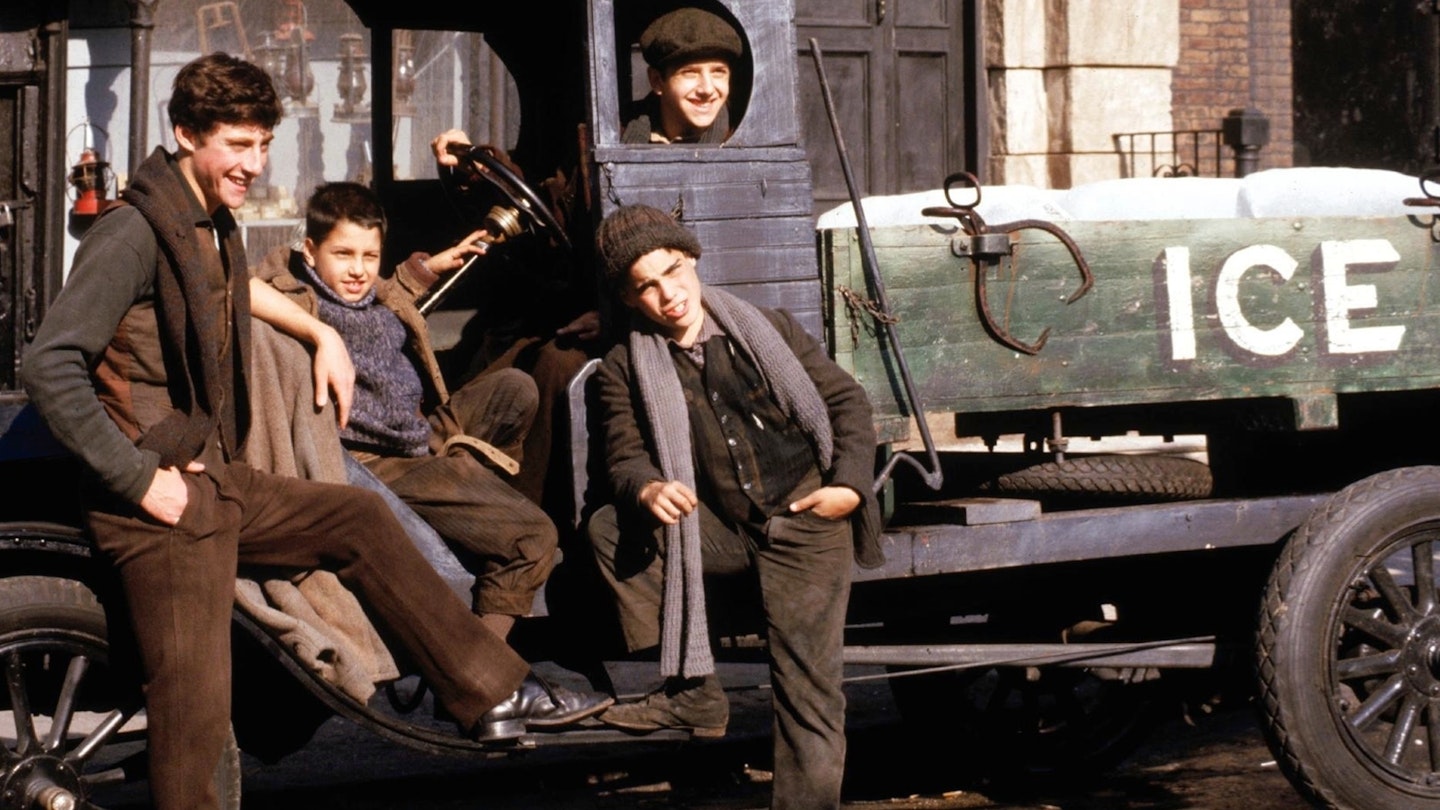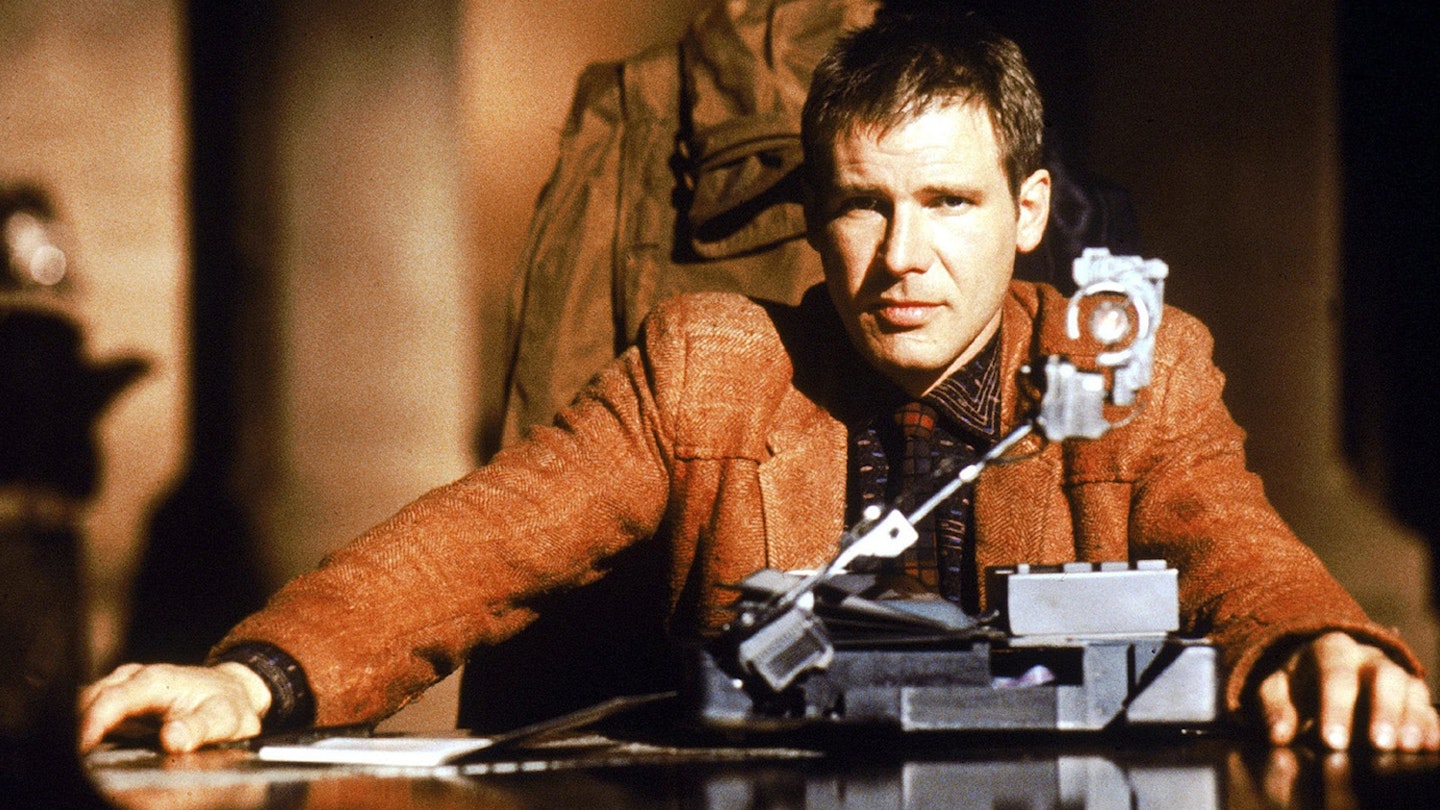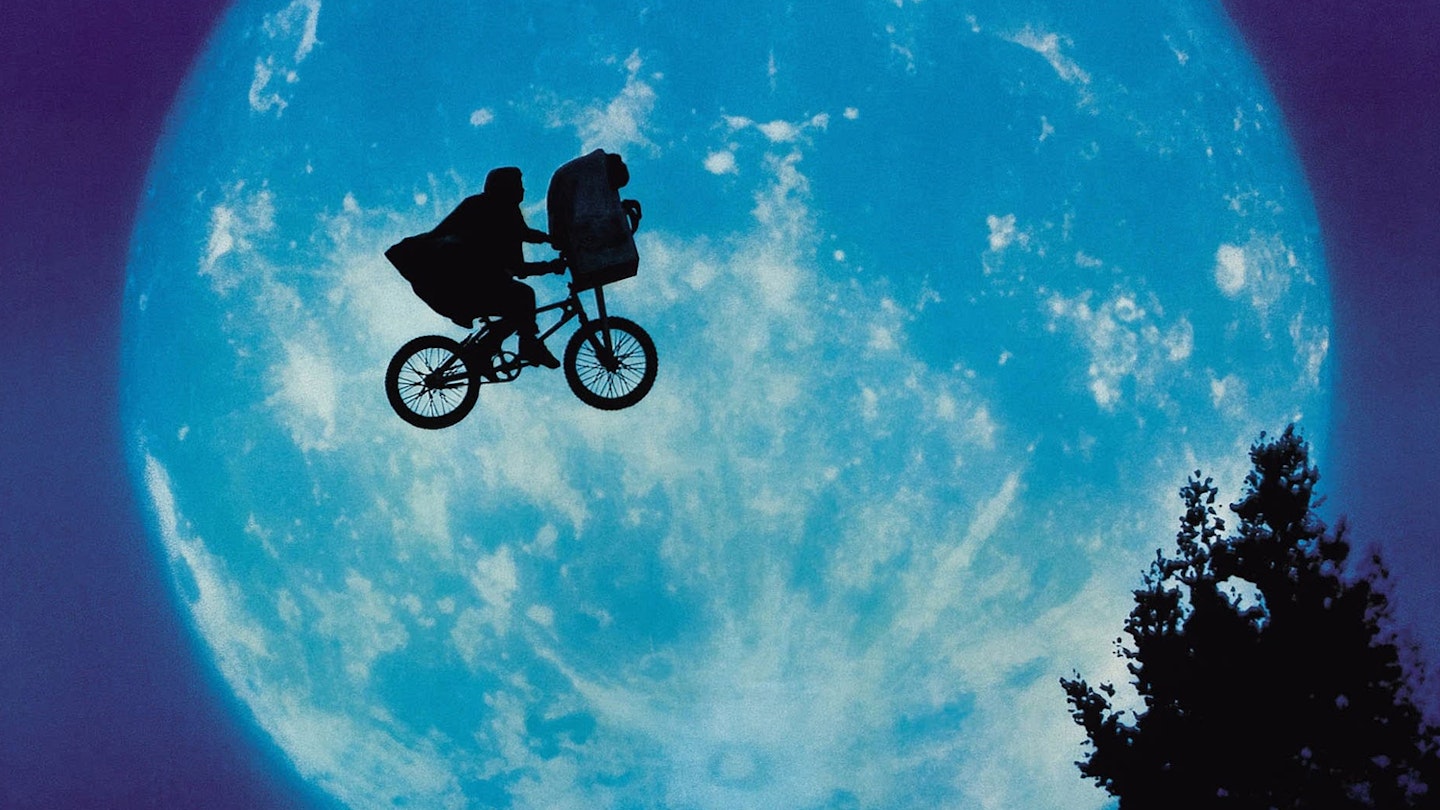Let's get our heresies out of the way early on; the film that Once Upon A Time In America is often compared to is, of course, The Godfather. They share superficial similarities: both are epic in scope and exceedingly long. They both have at their heart a history of immigrants and the lure of criminality to the poor; they both traverse decades and they both paint a picture of the birth of 20th century urban America.
Leone's film is arguably the better of the two - if the less popular - eschewing, as it does, the soapy melodramatics of Coppola's family saga in favour of less audience-friendly, but more intriguing, ambiguity and symbolism.
Superficially, it is a gangster film. There are gangs and guns and drive-bys; speakeasies and Prohibition. But in the midst of the familiar trappings, Leone investigates the more resonant, enigmatic themes of time, identity and the reliability of memory. And he does it with incredible technical skill.
Leone is above all a master visualist and his movie is drenched in imagery pregnant with meaning. In the early portion of the film, we follow the adolescent Noodles and Max as they exuberantly roll drunks, torch newspaper stands and form the friendship that will become one of the film's central thematic pillars. Here the looming Manhattan Bridge seems to offer a way out of the poverty stricken ghetto, but nobody ever crosses it.
Later in the film, before the gruelling rape sequence, Noodles dines in a vacant ballroom - an infantile, sociopathic vision of loving gesture, and of course it reveals Noodles as a man who must own the object of his love completely. After it, he stands in a dishevelled tuxedo against a blue-grey seascape, a scene as drained of colour as Noodles now is of redeeming moral worth. But, to get to the point, what is it all about?
Since its release, the complex structure of the movie has left audiences and critics slightly baffled. It's a movie that seems to offer no real resolution. Or at least no easy one. Who took the money from the case at Grand Central Station? How does Max survive what appears to be his murder? And what happens to him in the end? Does he fling himself into the garbage truck after Noodles' final visit? If he does, then the film takes on an unambiguously judgemental tone. The man who came from trash, and reduced a culture to trash, finally reduces himself to trash. Or does any of it actually happen at all?
One fascinating reading of the film, suggested by Leone and investigated by Christopher Frayling in his biography Something About Death, is that the film takes place - in its entirety - in one moment in 1933. Noodles enters the opium den after his betrayal has left his friends dead. He lies on his cot and, in a single moment signified by the enigmatic smile that concludes the film, remembers his past and dreams a possible future.
In the end, Once Upon A Time In America, like all great art - and that is surely what it is - stubbornly resists a final, authoritative interpretation. It places us resolutely alongside the mystified Noodles, desperately searching for a coherence to his life which is probably unobtainable.


